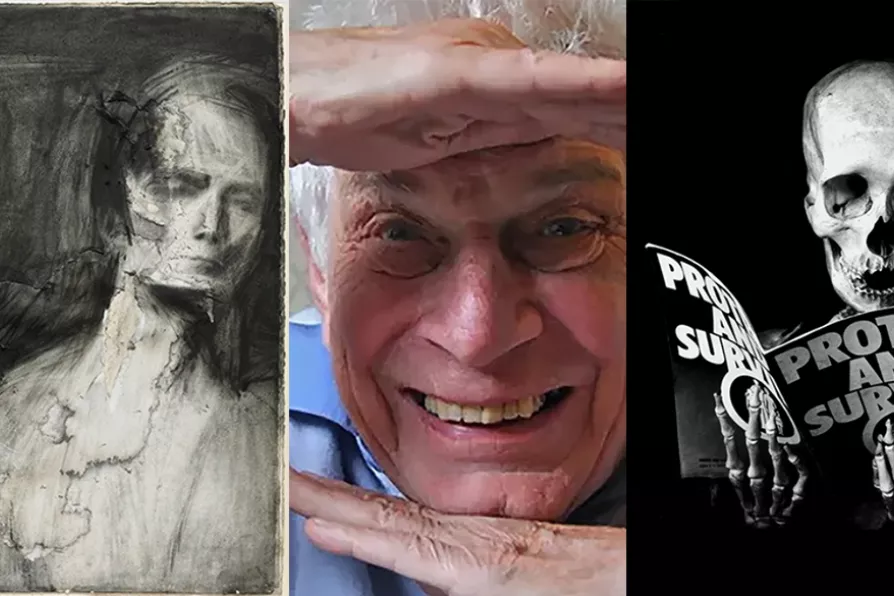Reviews of Habibi Funk 031, Kayatibu, and The Good Ones

 Frank Auerbach, Head of EOW, 1960; John Berger; Peter Kennard, Protest and Survive 1980
[© the artist - courtesy of Frankie Rossi Art/Amarjit Chandan/Courtesy of Peter Kenner]
Frank Auerbach, Head of EOW, 1960; John Berger; Peter Kennard, Protest and Survive 1980
[© the artist - courtesy of Frankie Rossi Art/Amarjit Chandan/Courtesy of Peter Kenner]
TED HUGHES said that deadlines were good for artists and journos as its imminent arrival provokes fear and therefore adrenalin — and we get on with it. And so, herewith my 12 deadlines for 2024.
The partridge in the pear tree, if you like, was The Flea at Hackney’s Yard Theatre, a vivid production about old hypocrisies. “The poor have got their channels in the bedrooms of the rich.” My pieces need a good haiku of a title and editorial provides them.
The delicious and deceptively mysterious painter “Here Comes the Sun King” on Ken Kiff’s Show, then Peter Kennard’s Archive of Dissent at the Whitechapel Gallery London (on till January 19) which made me hail him in print as the “artist of the human conscience.”

JOHN GREEN is stirred by an ambitious art project that explores solidarity and the shared memory of occupation













